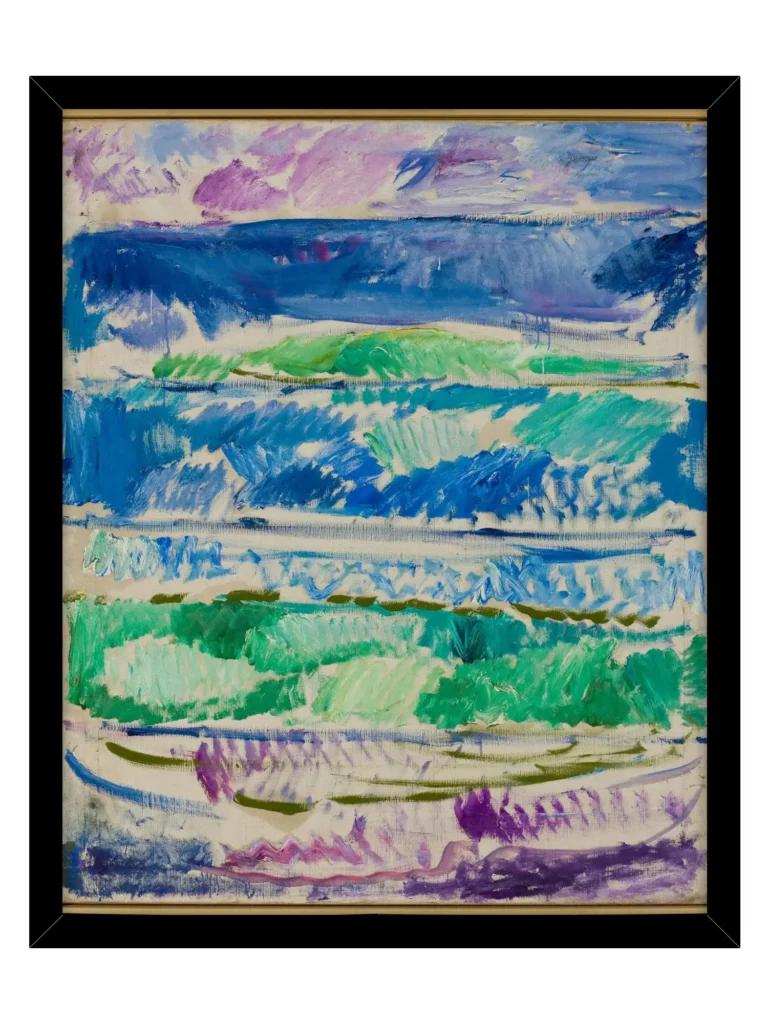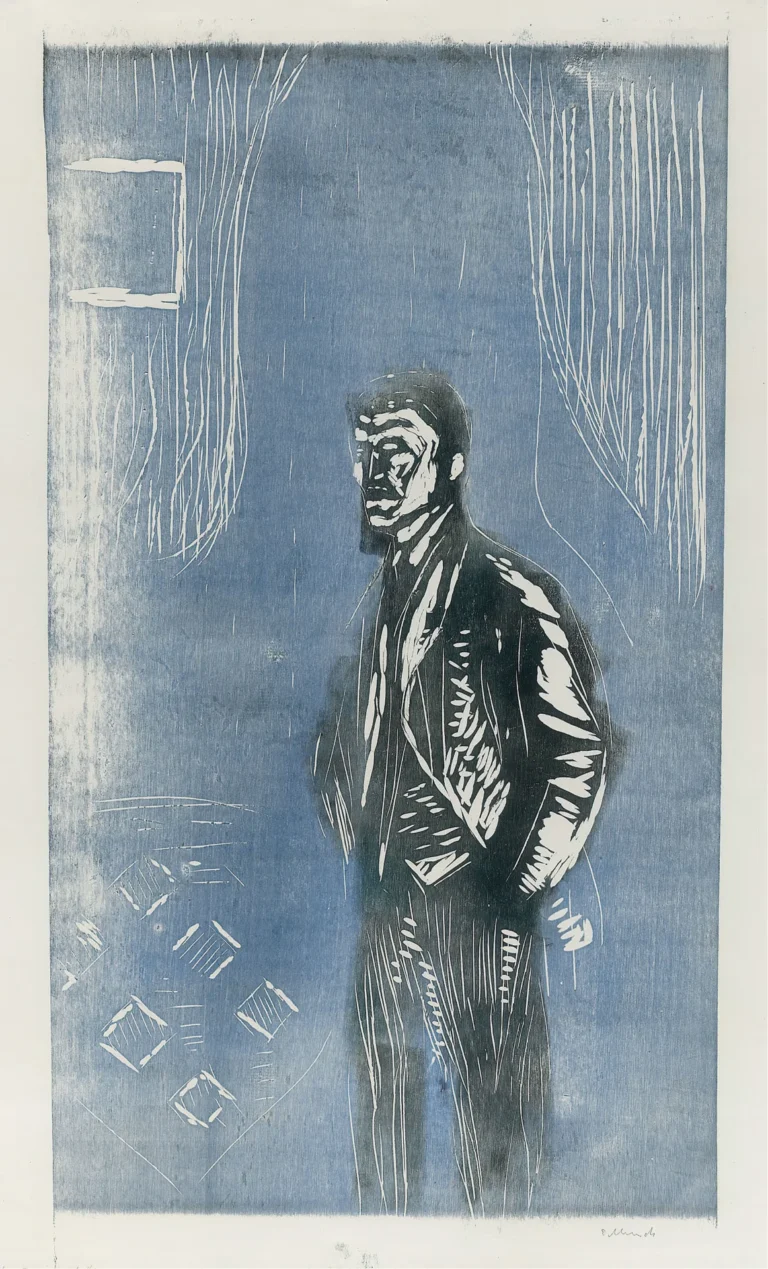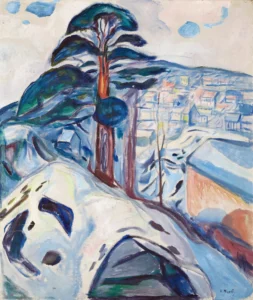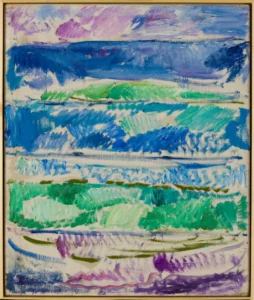Waves (1908)
Waves is a stunning painting by Edvard Munch that illustrates the artist's innovative approach to color and form. Created in 1908, this work stands out with its bold and dynamic depiction of undulating waves. Munch's signature brushstrokes create a sense of movement and energy, embodying his fascination with nature. The painting marks a critical phase in Munch's career, where he began to explore the emotional and psychological depths through vibrant hues and fluid lines, a precursor to Expressionism in the art world.
Year 1908
About the Artwork
The painting Waves captures Edvard Munch's lifelong relationship with nature, a recurring theme throughout his oeuvre. Completed in 1908, during a period of personal exploration and artistic evolution, Munch utilized this artwork to integrate his emotional experiences with the external world. The vibrant waves symbolize tumultuous emotions and a deep connection to the natural environment. Munch was known for his ability to project feelings through color and form, and Waves is no exception, using energetic brushstrokes to convey movement and life. It illustrates a shift in his artistic technique toward more expressive and emotional interpretations, contributing significantly to the rise of Expressionism and reflecting the broader art movements of the early 20th century.
Did You Know
During the time he created Waves. Edvard Munch was experimenting with color and expressive techniques, moving away from the somber palettes of his earlier work and embodying emotions through vibrant hues.
In Waves. the undulating forms not only represent the physical movement of water but also symbolize the emotional turbulence and existential thoughts that Munch frequently depicted in his artworks.
Munch’s ability to convey deep psychological themes through vibrant color and dynamic forms laid the groundwork for the Expressionist movement, influencing numerous artists in the early 20th century.









